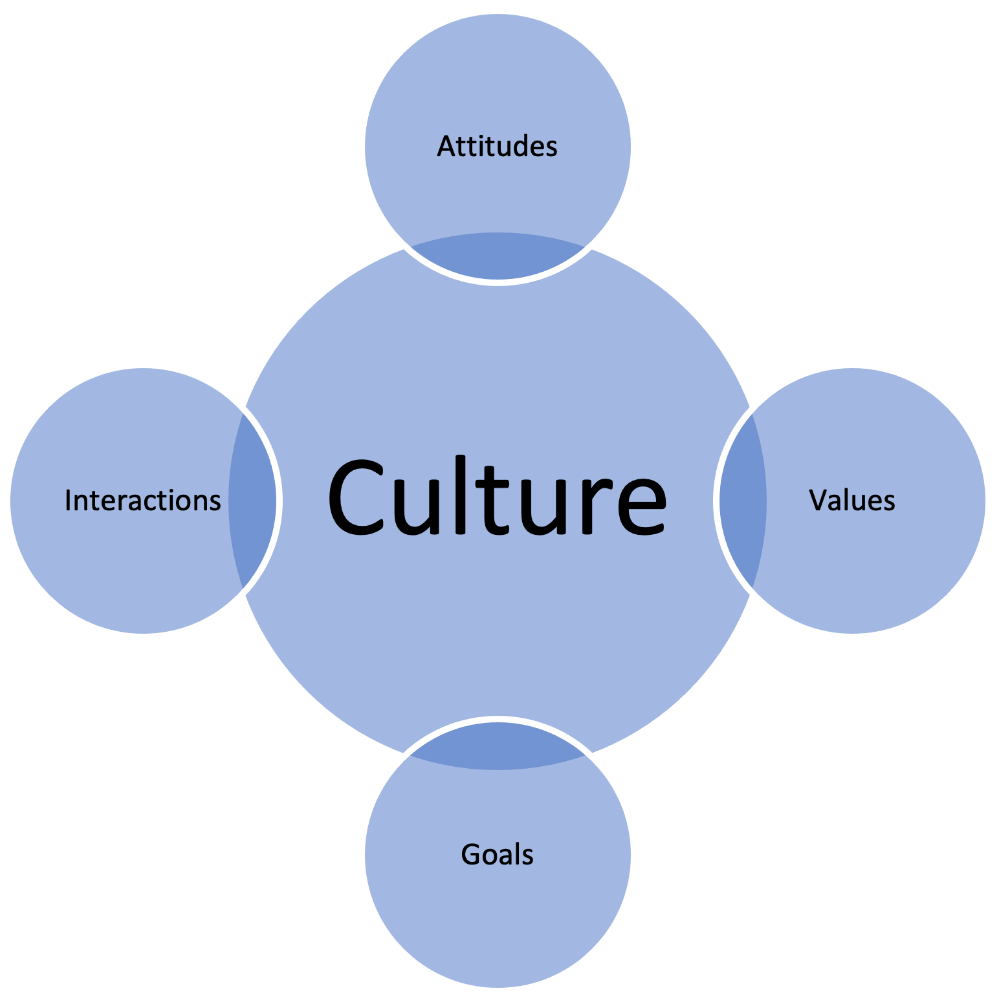How to Build a Resilient Culture
Business resilience has been a hot topic during the past 18 months, as supply-chain and other issues can have a lasting impact on an enterprise. The lack of resilience can cause an organization to lose money and time, and it can contribute to reputational damage. Yet resilience also plays a role in employee well-being. The top talent in an organization can get distracted from the strategic focus, or – even worse – get frustrated and resign. The good news is, while companies have resilience on their agendas, they can also take steps to build resiliency in their organizational culture.
Operational practices established during the past two decades were designed to address the growing complexity of production, increased business dependencies on technology platforms, and the constant need for scaling the workforce linearly with the size of the environment. But to be truly agile, enterprises need to focus on people, building a resilient culture that’s more value-driven in day-to-day work.
The Keys to Cultural Resilience
An organization’s capacity to learn and embrace new technology – whether it be cloud, software-as-a-service (SaaS), or custom development – is limited by how its people synthesize the information needed to learn and apply those tools to the job. Organizations understand that true agility is a byproduct of cultural resilience. To achieve measurable business outcomes and improve an organization’s ability to respond efficiently to change, organizations need to build a resilient culture based on four pillars: attitudes, values, goals, and interactions.

Attitudes: Employee attitudes are found to be clearly distinct from employee values. Perceptions of organization practices are unrelated to values, and only overlapped with attitudes where both deal with communication. Embracing rapid prototyping and addressing fear of failure or adverse reactions will have a big impact on employee attitudes. A recommended start is practicing deep listening and establish a thorough understanding of the desired goals. Making sure teams understand that management encourages experimentation goes a long way to encourage positive attitudes.
Values: Shared beliefs and values established and communicated by leaders and reinforced through various methods, ultimately shape employee perceptions. Behaviors and understanding is critical for an organization’s cultural differentiators. Start by breaking down all objectives into digestible chunks of value by embracing leadership role-modeling. Every leader should take a hands-on approach in day-to-day deliverables by linking the objectives to organization’s success. Enable and promote a culture of positive feedback.
Goals: One of the major objectives of organization culture is understanding employees better and having core objectives as to help everyone perform better. Start by clearly defining business goals and metrics, and make sure they are aligned with technology delivery. Best practices are essential to meet goals but they should be transparent and reflect the organization’s objectives. Go above and beyond definition into every day practice and measure periodically. This approach keeps employees driving towards desired goals.
Interactions: Promote interactions as forums of ideation and innovation with conversational intelligence. Collaborating in an informal nature has been found to be most effective for building trust and effective behavioral skills.
How to Build a Resilient Culture
Building a resilient culture starts at the top. Leaders can set the tone for the rest of the organization. Companies should use the leadership messaging advantage to get everyone onboard. Inspiring cultural transformation will have a big impact.
Across departments, identify culture champions. Assign these champions to be cultural ambassadors so they can evangelize positive behavior and demonstrate best practices among their groups. These cultural champions will be able to identify where there may be gaps.
The journey to become a resilient enterprise requires incremental investment. As progress is made, celebrate each milestone. Recognizing incremental benefits has a meaningful impact when building a resilient enterprise, as small gains lead to bigger gains.
In addition, small changes can make a big difference. Create opportunities across the board to share ideas and best practices. A concept that works well is ideation forums that encourage deeper collaboration while continuously monitoring and measuring to learn from experiences.
Resilience Enables Change
In today’s competitive environment, companies should focus on the relationship between resilience and agility. It is widely known that agility is the team’s ability to react quickly to change. But it is resiliency within an organization that enables it to embrace change. Without a culture that embraces change, it is unlikely to respond well to change.
Acknowledge that business outcomes are a key metric while recognizing they may not translate to financial gains. The biggest benefits come from better customer experiences both internally and externally. Exercising strategic patience during the cultural transformation will be required to build a resilient enterprise.
Organizations should understand that true agility is a byproduct of a cultural transformation to achieve measurable business outcomes. Our experience working with companies around the world has shown that organizations with strong cultures are more resilient in the face of a turbulent business environment. They are better at analyzing information, deriving insights at scale, learning from the past, and influencing the future. These organizations are great at managing risks and opportunities, handling uncertainty in the market, and evaluating alternatives. Overall, organizations are stronger when they have built a resilient culture.
Bala Kalavala
Chief Architect, Distinguished Senior Member Technical Staff (DMTS), Wipro iDEAS
Bala Kalavala is a pragmatic technology enthusiast with 20 years of modern software design experience for cross-industry digital transformations. Currently he heads the Americas Enterprise Architecture for iDEAS in Wipro as Chief Architect. Bala’s outcome driven thought leadership in solutions cross pollinates from his experience in a variety of industries and enterprise platforms.